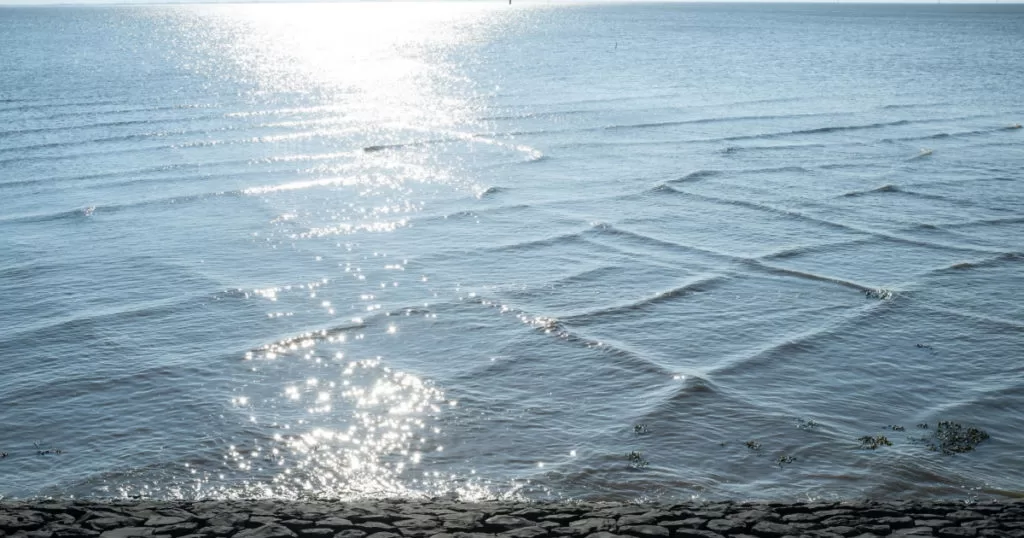Square waves, a mesmerizing but dangerous ocean phenomenon, warrant caution for beachgoers. Known scientifically as a ‘cross sea,’ these waves form when swells from different directions intersect, creating a distinctive checkerboard pattern. The European Space Agency in 2010 described this occurrence as common, resulting from “a windsea and a swell, or two swell systems, coexisting.” Notably, a 2004 study linked a significant number of ship accidents to these crossing sea states.

These waves can tower up to ten feet high, creating complex wind patterns and making navigation treacherous for swimmers and boats. Despite their rarity, encountering square waves calls for immediate retreat from the water to the safety of the shore.
Found where large bodies of water meet, like at the Isle of Ré in France or Cape Reinga in New Zealand, square waves are both a tourist attraction and a hazard. They exemplify the Kadomstev-Petviashvili equation, a model for nonlinear wave motion, often used to explain interactions in weather systems. For safety, these alluring waves should be admired from a distance.